MPE, Polyphonic Aftertouch & MIDI 2.0: Are You Using the Correct Expression?
Get up to speed on modern protocols for keyboard expression.
Confused about the differences between MPE, polyphonic aftertouch, and MIDI 2.0? Follow along as we explore the many ways to express yourself with electronic musical instruments.
MPE, Polyphonic Aftertouch & MIDI 2.0
It’s confession time. Although I’ve been working with MIDI since the 1980s, I have never gone much further than clock syncing, note on/off, and the occasional transmission of CC information. I’d much rather get something down into my DAW and then edit after the fact. I’m also not much of a player. The extent of my virtuosity is being able to play arpeggios as an after-effect of piano lessons as a kid. So things like aftertouch and modern concepts like MPE have never been high on my interest list.
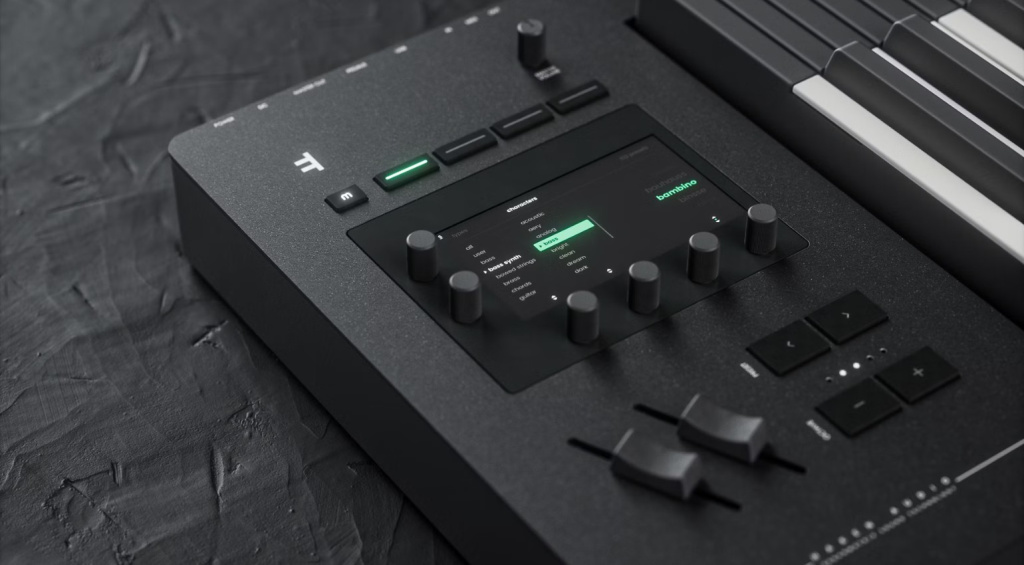
Given my job as a musical instrument journalist, however, I’m supposed to be keeping up with this stuff. And, seeing as I confused polyphonic aftertouch with MPE in a recent article (you mean they’re not the same thing?), I figured it was time to get up to speed with keyboard expression. May as well dig into MIDI 2.0 while I’m at it, too.
Follow along with me, then, as I parse out the differences between MPE and polyphonic aftertouch, as well as how MIDI 2.0 will make new forms of expression possible – if it ever becomes widely adopted.
Many of the instruments mentioned in this story are available at Thomann*.
What Is Aftertouch?
Before we get into modern implementations of polyphonic aftertouch, let’s first look at plain old aftertouch. Known as monophonic aftertouch or channel aftertouch (as in the MIDI channel), this form of expression alters a parameter when the player pushes down on a note beyond the original key press. This could affect something like vibrato or the filter cutoff.
For as rare as even simple channel aftertouch can be on modern synthesizers, it’s actually a very old technology. ARP included aftertouch in its Soloist synthesizer in 1970, making it older even than the Minimoog. ARP’s aftertouch tech would be licensed by Kawai, who used it on some of its early analog synths. Roland also had aftertouch on its SH-2000, with pressure affecting parameters like volume, pitch, Wow, and Growl. The ‘70s were a wild era.
After MIDI came online in 1983, MIDI aftertouch soon arrived via a secondary strip running under the keybed. Two modern synths with aftertouch are the Sequential Prophet-6 and Roland Juno-X.

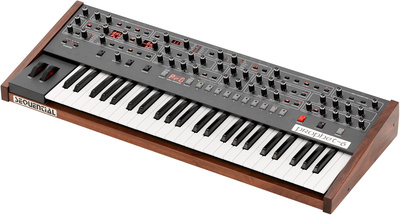

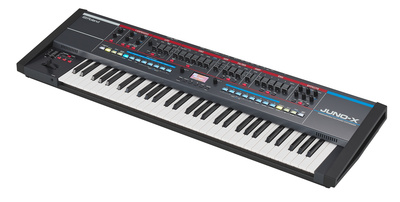
What Is Polyphonic Aftertouch?
As you might have guessed by the name, polyphonic aftertouch allows you to affect each note separately. Let’s say you’re playing a five-note chord, but you only want one of the notes to bend in pitch, a parameter that you have assigned to aftertouch. If your instrument were only capable of channel aftertouch, this would be impossible; pressing down one key would bend all notes simultaneously. However, with polyphonic aftertouch, only the single note is changed.
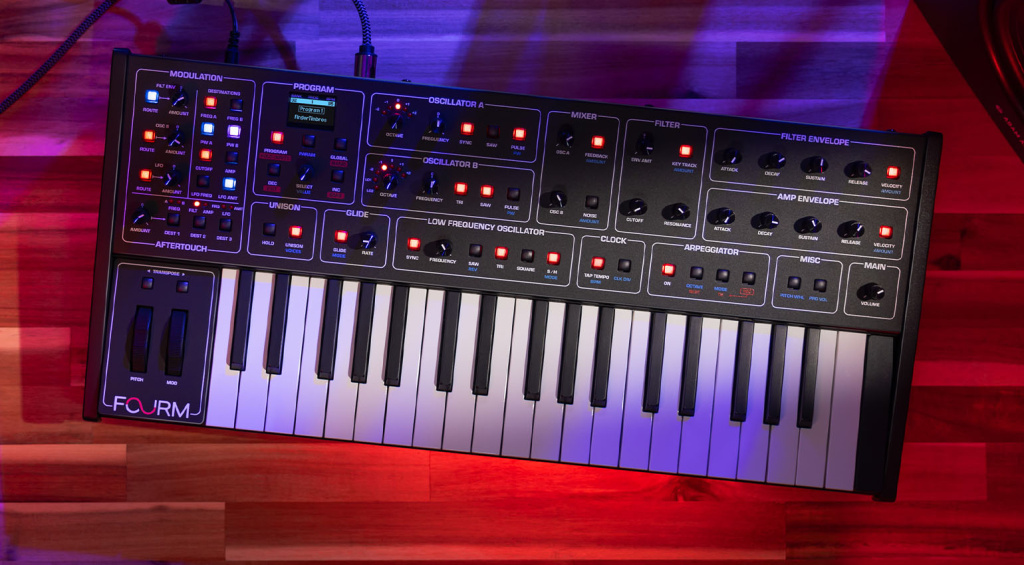
Polyphonic aftertouch instruments existed before MIDI, with the Yamaha CS-80 being the most famous example. Once you get into the modern MIDI era, they become more common – although not as much as you might think, given that it’s supported by MIDI. ASM’s Hydrasynth models all offer it, as do the Dreadbox Nymphes and, most recently, the Sequential Fourm. If you’re looking for a MIDI controller with polyphonic aftertouch, Native Instruments’ Kontrol keyboards have it.

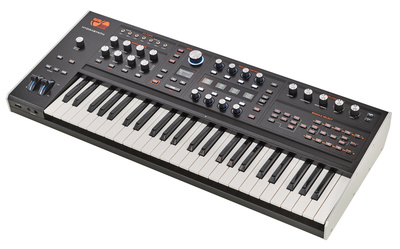

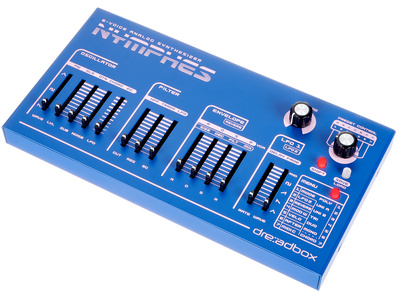

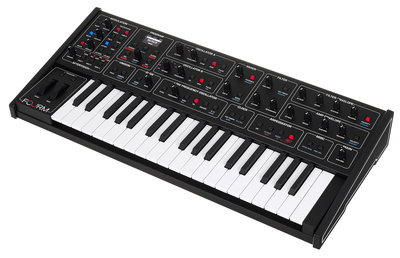

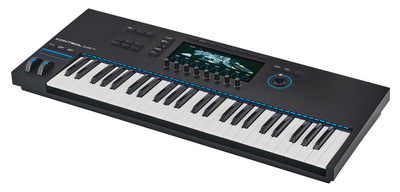

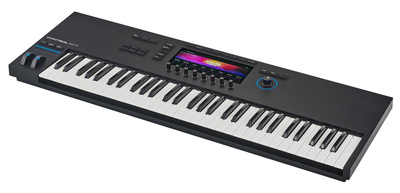

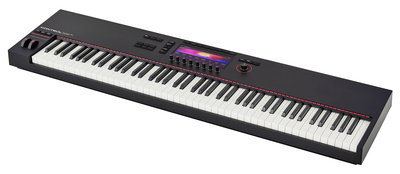
What Is MPE?
MPE, or MIDI Polyphonic Expression, takes the idea of polyphonic aftertouch and expands upon it in a number of ways. It gives you per-note control over parameters in three dimensions: horizontally by wiggling a finger side to side, vertically by moving up and down on a key or pad, and through pressure, although this is instantaneous and not just restricted to an after-event.
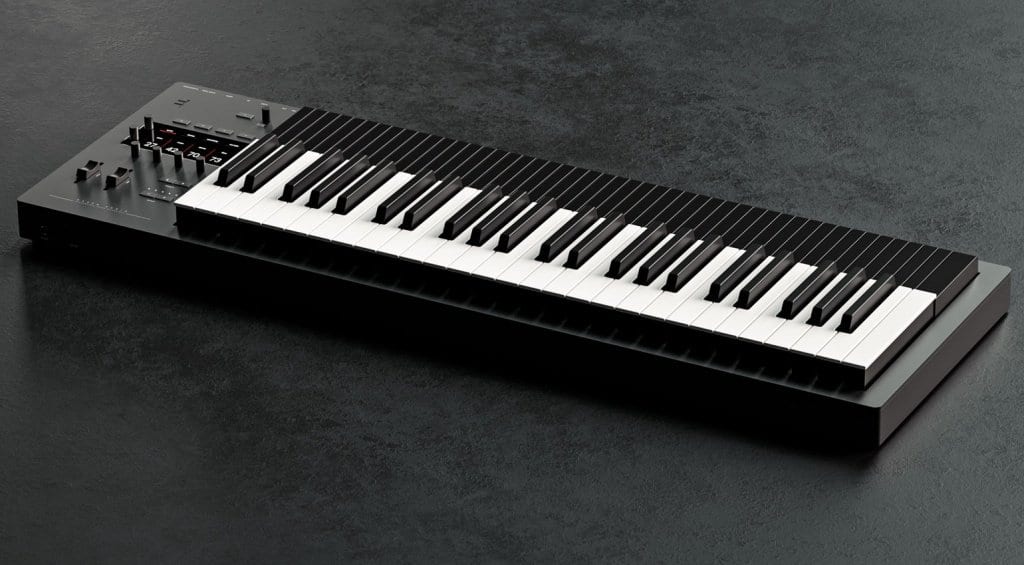
To achieve this, MPE uses MIDI but in a modified way. Rather than giving an instrument one of MIDI’s 16 instrument channels, it assigns each note to an entire channel. This allows you much more freedom of expression on a per-note basis, although it limits you to 16 notes of polyphony (and removes multitimbrality from the equation).
MPE has been gaining popularity since 2018, when it was officially adopted by the MIDI Manufacturers Association. Well-known MPE-equipped instruments and controllers include the Roger Linn Design Linnstrument and ROLI Seaboard, as well as the Expressive E Osmose and Deckard’s Dream from Black Corporation.

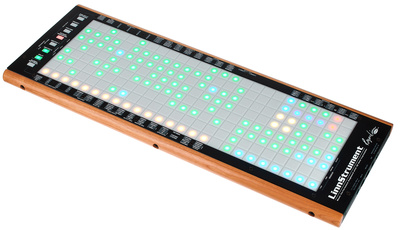

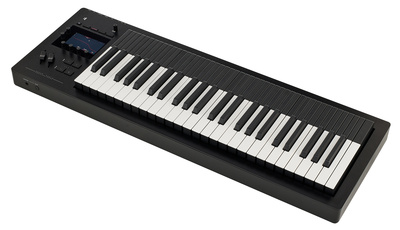

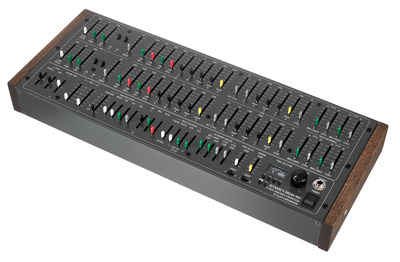
What Is MIDI 2.0?
Lastly, there’s MIDI 2.0. Not strictly a different way to express yourself, it’s rather an expansion of the MIDI protocol that will grant you more resolution in your expression.
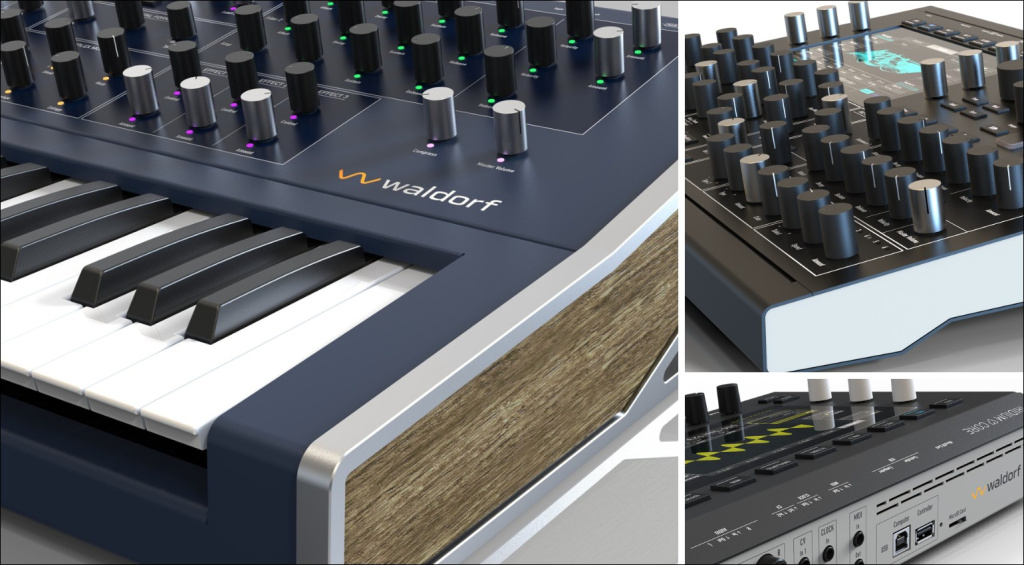
An extension of MIDI 1.0, the new MIDI ups resolution from 128 steps (0-127) to something like 4.3 billion, meaning pitch bends and other changes will be orders of magnitude smoother. It will also feature support for microtuning, meaning you won’t be restricted to Western scales. And, since it’s backward compatible with MIDI 1.0, polyphonic aftertouch and MPE will be supported from the word go.
Although the MIDI Association officially adopted the new standard in 2020, it has yet to make big inroads into gear. Native Instruments’ Kontrol MK3 controllers support it, and Waldorf just added 2.0 to its Iridium and Quantum instruments via a firmware update. Hopefully, with Focusrite Group CEO Tim Carroll now the president of the MIDI Association, and Sequential, Oberheim, and Novation under the Focusrite umbrella, we’ll see 2.0 in their instruments soon.
And, with MIDI 2.0 just getting started, aftertouch and MPE are only the beginning of what’s possible. There’s no reason to restrict ourselves to keyboard instruments, either. Akai Professional’s MPC Live III features so-called MPCe pads with three dimensions of movement detection. This is just the kind of thing that the wide adoption of MIDI 2.0 will hopefully encourage.

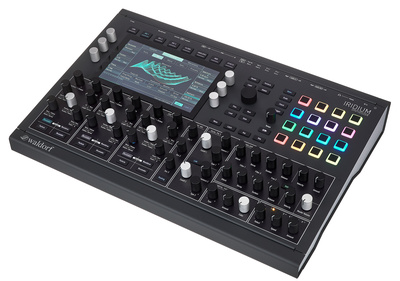

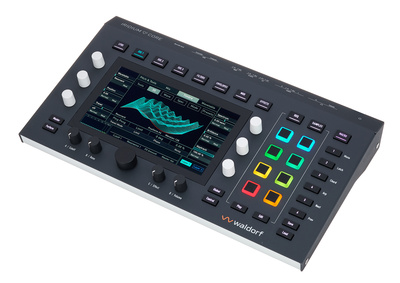

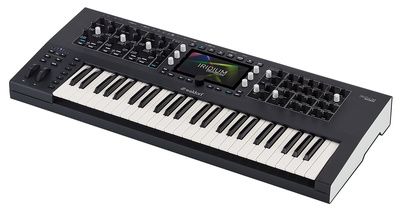

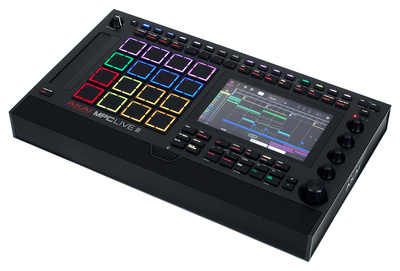
More Information
*Note: This article contains advertising links that help us pay for this site. Don’t worry: the price for you will always be the same! If you buy something through these links, we will receive a small commission. Thank you for your support!
One response to “MPE, Polyphonic Aftertouch & MIDI 2.0: Are You Using the Correct Expression?”
 4,0 / 5,0 |
4,0 / 5,0 | 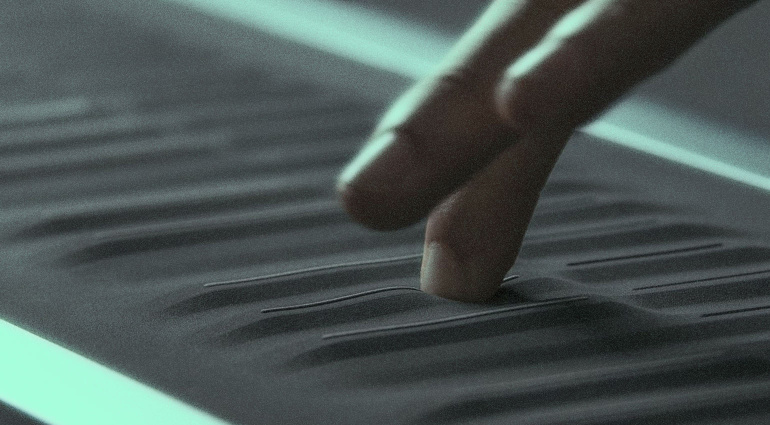


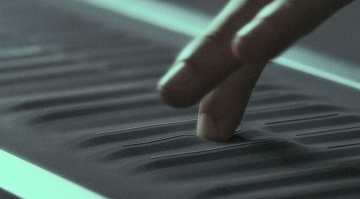

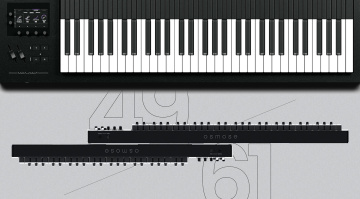
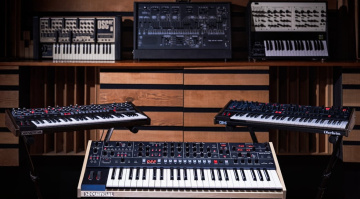
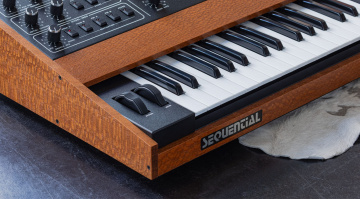
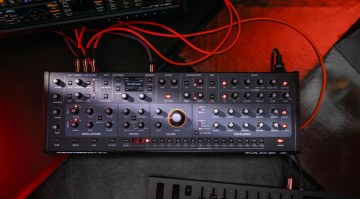

I really don’t understand you practically bragging you are not a player then proceed to explain how to use nuanced controls when playing.